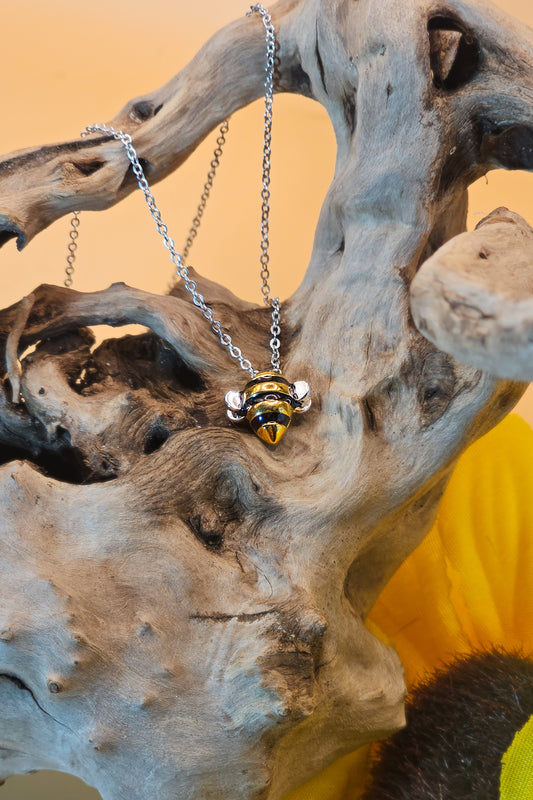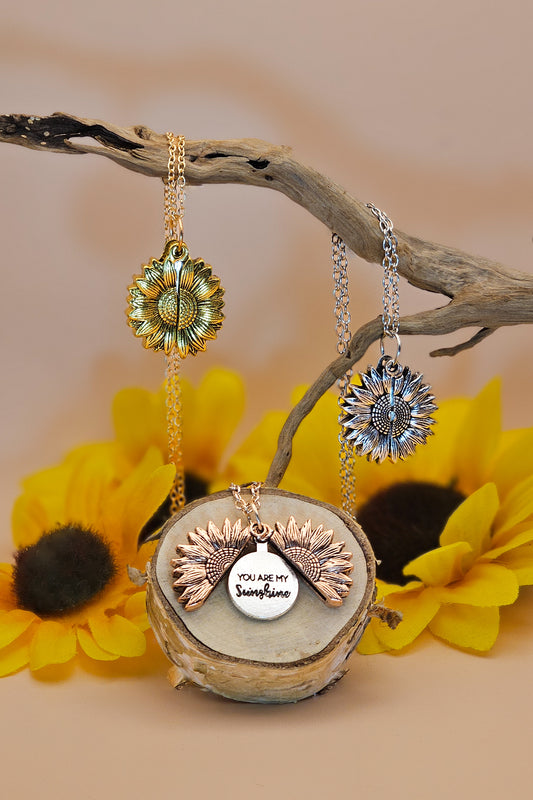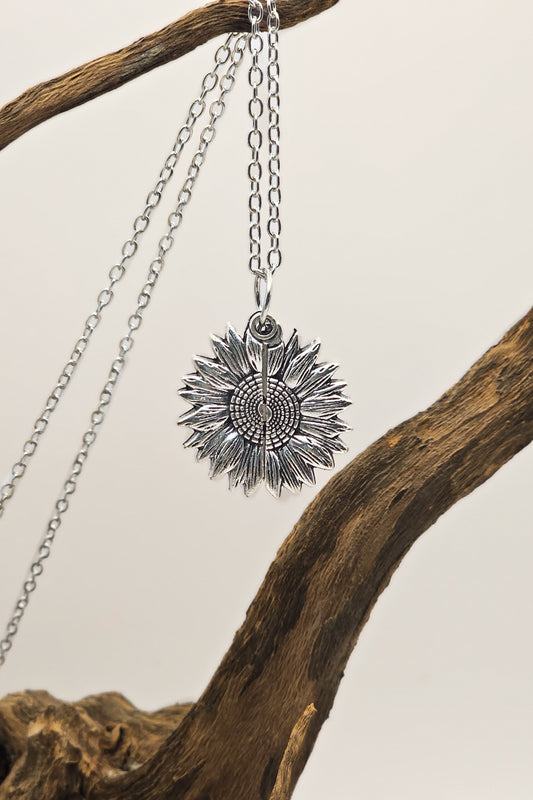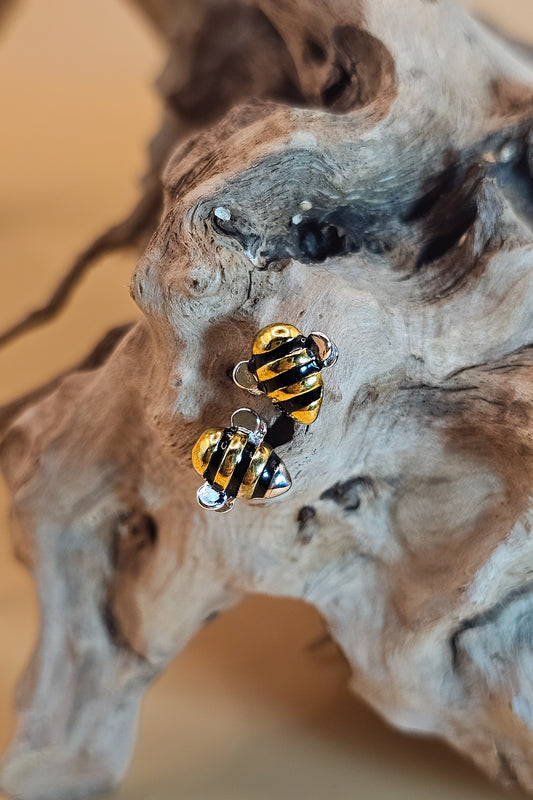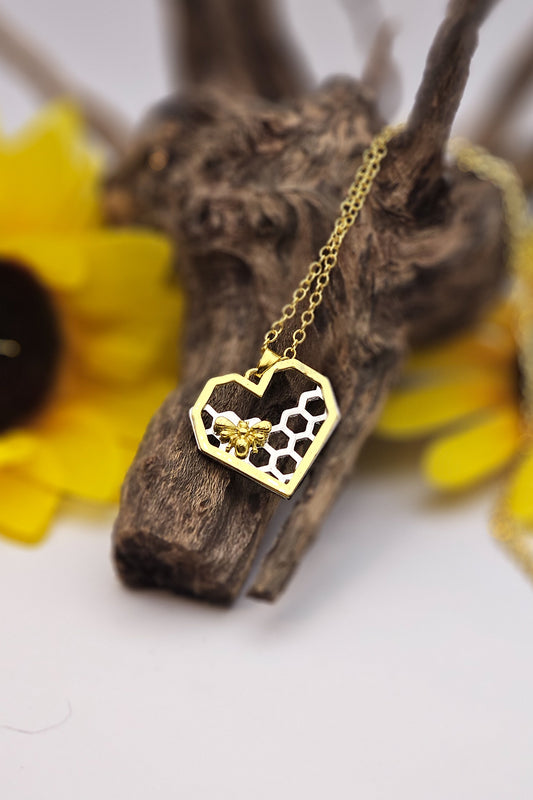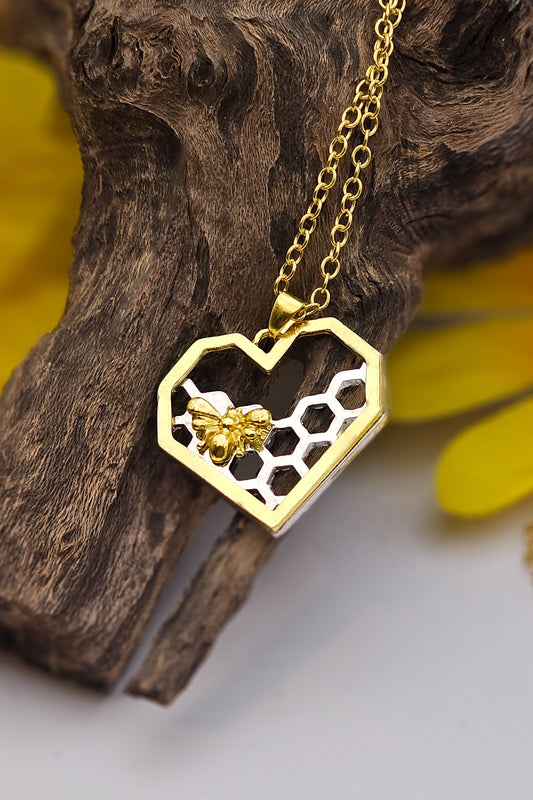Did you know nearly 150,000 bees were housed in hives on the roof of Notre Dame Cathedral as part of a conservation project by Beeopic, whose mission is to encourage urban beekeeping in Paris?
When the tragic fire consumed much of the cathedral, many feared for the fate of these rooftop pollinators. Drone footage and site reports revealed the hives were miraculously still intact, sparking hope that the bees sensed the danger and saved themselves from the inferno (The Guardian).
As the world mourns the loss of Notre Dame, we are reminded of its deeper meaning. More than a landmark, the cathedral has been a symbol of love, faith, and cultural unity for centuries. Within this story lies a little-known bond: the bees of Notre Dame.
For centuries, beeswax from cathedral hives was used to make candles, a sacred ritual for worshippers seeking light and solace (Smithsonian Magazine). This connection between bees, the cathedral, and humanity is as spiritual as it is practical.
Today, much attention is on Nicolas Géant, the Beekeeper of Notre Dame, who anxiously awaited confirmation that his 18,000 rooftop bees survived. Keeping bees atop “the most beautiful church in the world” was his lifelong dream, realized in 2012. Now, thanks to resilient bees and a little miracle, his hives live on (CBS News).
This story reminds us of the ancient and enduring relationship between bees and humanity. As we reflect on Notre Dame’s hives, let us also celebrate these extraordinary pollinators and continue working to protect them—for they are truly a gift to us all.
About Bee Mission 🐝
At Bee Mission, our purpose is to support the repopulation of bees worldwide. Bees are responsible for pollinating 1 in 3 bites of food we eat, yet their numbers are in rapid decline. That’s why every purchase helps build, sponsor, and sustain new hives.
👉 Shop our store to join the mission and help save the bees.


